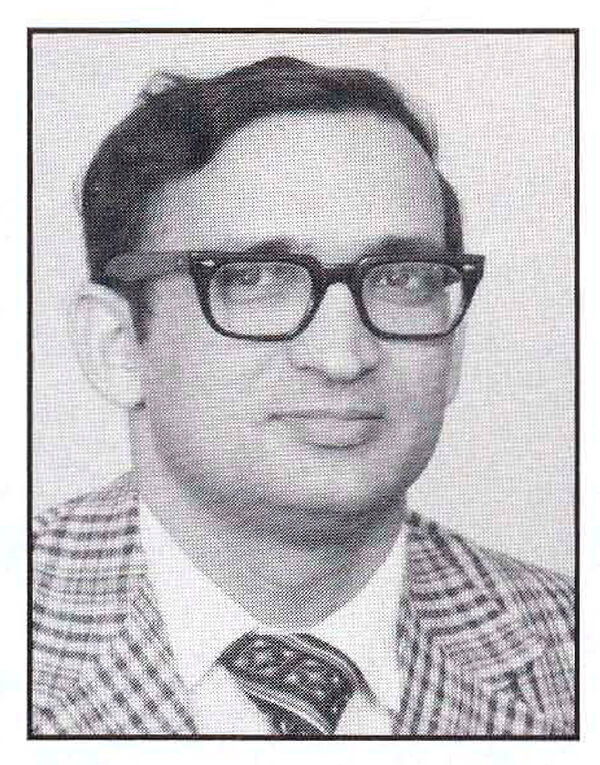Abstract
It is highly unlikely that the actual propagating wavelet for a seismic trace can be estimated precisely since the seismic data as well as the sonic and density logs are plagued with numerous imperfections, and the source-wavelet is altered in an undefined way by imperfect elasticity of the transmitting medium, particularly near the surface. However, if the wavelet were stable for a lateral and temporal duration on the section the spectrum of the wavelet could be estimated by averaging the spectra computed from a large number of windows over this zone. If the number of windows is large enough, one may hope that the components due to non-whiteness of the spectra of the reflectivity indices are neutralised in this process and the average spectrum closely resembles the spectrum of the wavelet. This wavelet is called the computed phase wavelet in this presentation. As a refinement, the difference between the phase of this wavelet and the minimum phase (or any other type) wavelet may be computed. A specific wavelet can now be computed for the desired window on each trace by adding phase difference to the minimum phase of a heavily smoothed amplitude spectrum over the window. This wavelet is called the rotated minimum phase wavelet.
To analyse the applicability of these wavelets, I generated a 2500 ms long random sonic log, limited it to the frequency band 2.5/5-125/150 Hz, and adjusted it by adding a low-frequency component such that the first second of data corresponded to sand/shale lithology and the deeper section to carbonates. I repeated this log 24 times and then added constant velocity wedges ranging in thickness from 0 - 23 ms at 200 ms intervals. Velocity in the wedge was alternately 500 m/s higher or lower than the velocity at the preceding sample. Synthetic sections were generated with zero and minimum phase wavelets of three different passbands (15/20-55/75, 12/16-45/55, 8/12-75/90 Hz). Inversion velocities were computed using known wavelets as well as the computed phase and rotated minimum phase wavelets described above. To facilitate comparison, coherency was computed between estimated velocities and actual velocities at each sample over 15 ms windows. The model study showed that:
- Neither of the estimated wavelets is perfect. There are small differences in estimated and actual wavelets, both in phase and sidelobes (sidelobes are largely determined by the smoothness of the amplitude spectrum).
- With the known wavelet, there is no noticeable distortion in estimated velocities in areas adjacent to the anomalies. With estimated wavelets, up to 20 ms either side of an anomaly may be distorted. The magnitude of distortion depends on the error in wavelet estimate, which appears to be independent of wavelet type, and to a large extent frequency band. When the estimated phase has a significant error, inversion velocities show erroneous velocity anomalies which are more pronounced immediately after major velocity contrasts, e.g., Mississippian section shows low velocity band near the top.
- Even a small difference in phase or sidelobes of the wavelet can make a significant difference to the general appearance of the velocity section, but not to the details (high frequency component) on it.
- The resolution on the inversion section is not dependent on the type or frequency band of the wavelet (within the limits of this experiment). When the wavelet is known, 5 ms appears to be the lower resolution limit. Isolated thinner beds do not seem to make any difference to the inversion trace. When several thin beds occur one after the other, they appear as if the velocity section were band limited on the high side.
- Coherency plots of actual and estimated velocities indicate one sample error (either way) in location of reflectivities, which is a result of roundoff error in locating reflectivities. Generally, coherency estimates with different wavelets show that the error is slightly larger for the wavelets of the lowest frequency band.
- The most surprising result is that relative errors and resolution are not dependent on either the type or frequency band of the wavelet.












Join the Conversation
Interested in starting, or contributing to a conversation about an article or issue of the RECORDER? Join our CSEG LinkedIn Group.
Share This Article